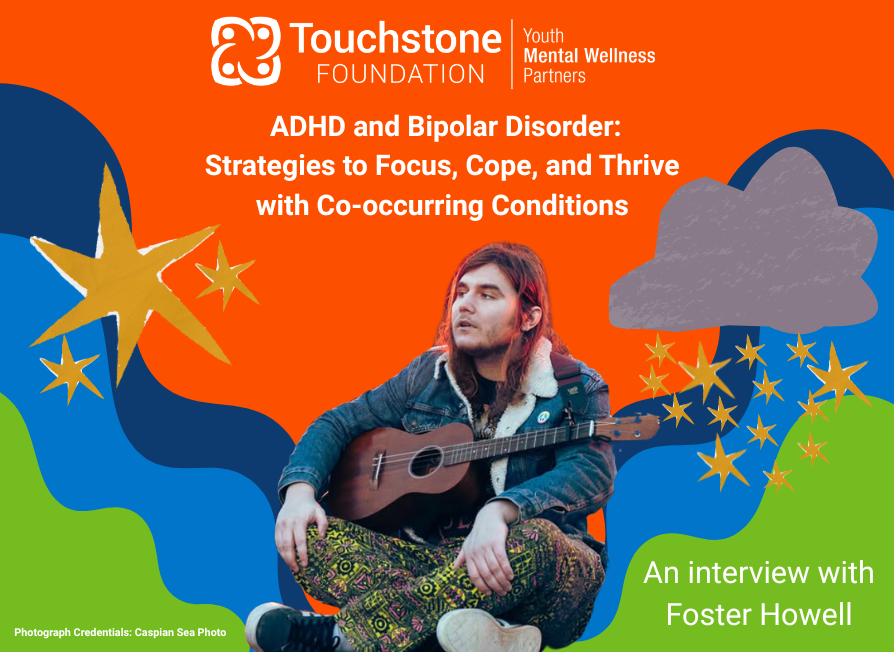ACEs are Adverse Childhood Experiences that harm children’s developing brains so profoundly that the effects show up decades later: they cause much of chronic disease and most mental illness.
From 1995-1997, Kaiser Permanente interviewed 17,000 adults using a set of 10 questions (ACE Questions) to measure whether childhood exposure to trauma was associated with chronic disease in adulthood. The CDC and over 70 research papers since have discovered that childhood trauma leads to adult chronic diseases, depression and other mental illness, violence and being a victim of violence, and even some cancers.
This occurs because prolonged exposure to stress, called toxic stress, during childhood causes changes the brain. Without protective factors, toxic stress damages children’s developing brains. Toxic stress is the result of experiencing repeated trauma, which ACEs measure. These include physical, sexual and verbal abuse, physical and emotional neglect, a family member who suffers from a mental illness or substance abuse, a family member in prison, witnessing a mother being abused, or losing a parent to separation, divorce or death.
The good news is that adults can help children overcome ACEs by teaching and providing protective factors to promote resiliency. Resiliency can help the brain heal, even at very young ages. Brain research today shows that the brain is a muscle that, with proper training, can heal and recover. As adults, we can teach children how to help their brains heal to recover from adversity.
Replacing toxic stress with practices that build resilience, children can learn to slowly undo the stress-induced changes in the brain. Practices such as mindfulness, deep breathing, exercise, good nutrition, adequate sleep, and healthy social interactions build resiliency. As adults, we can model behaviors that teach and promote resiliency for children.
According to the Substance Abuse and Mental Health Services Administration (SAHMSA), part of the U.S. Department of Health and Human Services, a trauma-informed approach refers to how an organization or community thinks about and responds to children and adults who have experienced or may be at risk for experiencing trauma. In this approach, the whole community understands the prevalence and impact of ACEs, the role trauma plays in people’s lives, and the complex and varied paths for healing and recovery.
A trauma-informed approach asks: “What happened to you?” instead of “What’s wrong with you?” It is designed to avoid re-traumatizing already traumatized people, with a focus on “safety first” (including emotional safety), and a commitment to do no harm.
When we understand the role that trauma plays in children’s lives, coupled with the ability to overcome adversity and exposure to toxic stress with resiliency, we can help children heal. Resilience is the capacity to rise above difficult circumstances, the trait that allows us to exist in this less-than-perfect world while moving forward with optimism and confidence.
Dr. Ken Ginsburg, in his research and practice on fostering resiliency, encourages an approach that addresses risk by building on the strengths of youth. This promotes positive changes by building young people’s confidence and helping each understand how much they matter. Youth who understand that others expect the best from them gain self-worth and are poised to thrive.
Videos and Resources
ACE Study video (three minute trailer)
How childhood trauma affects health across a lifetime (16-minute TED Talk by Dr. Nadine Burke Harris)
Fostering Resiliency (Dr. Ken Ginsburg)




